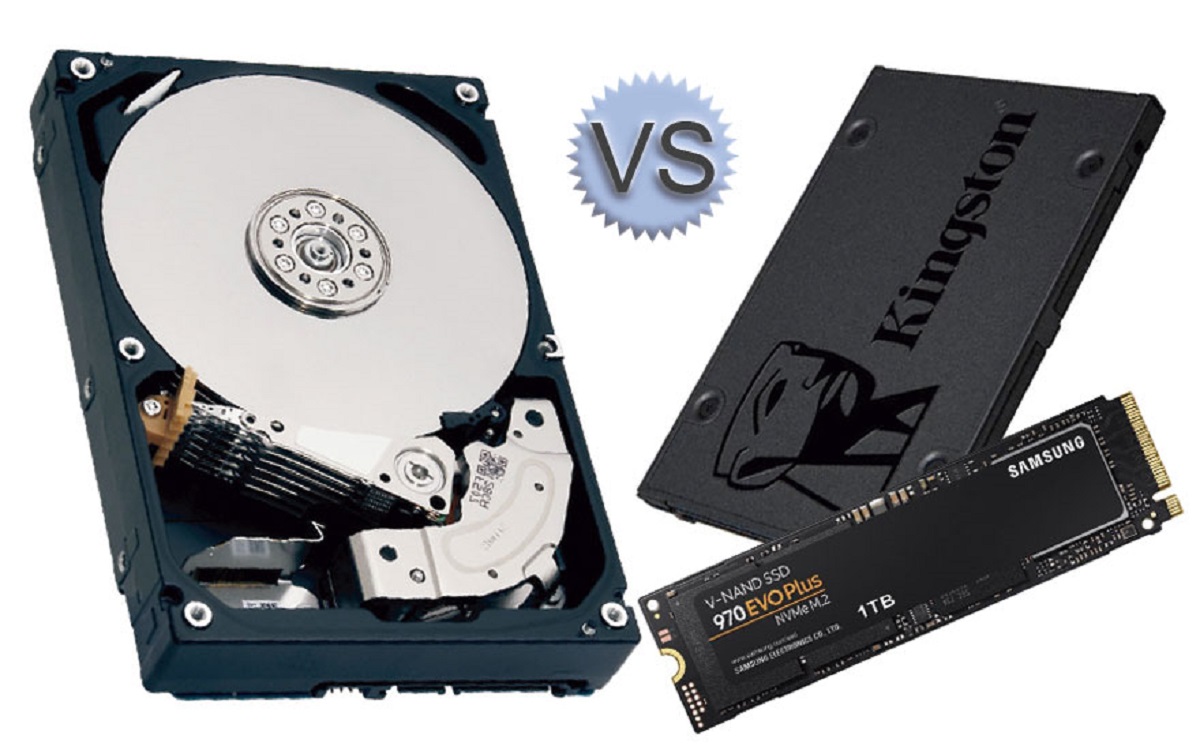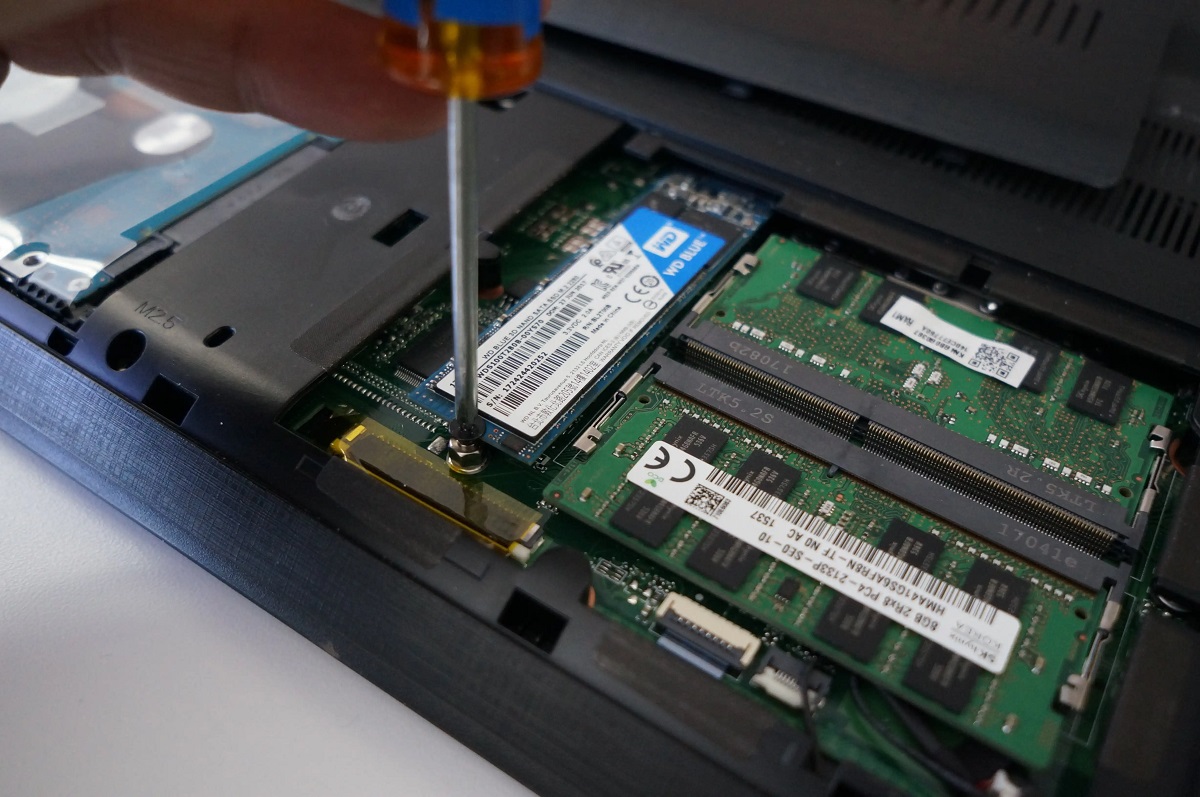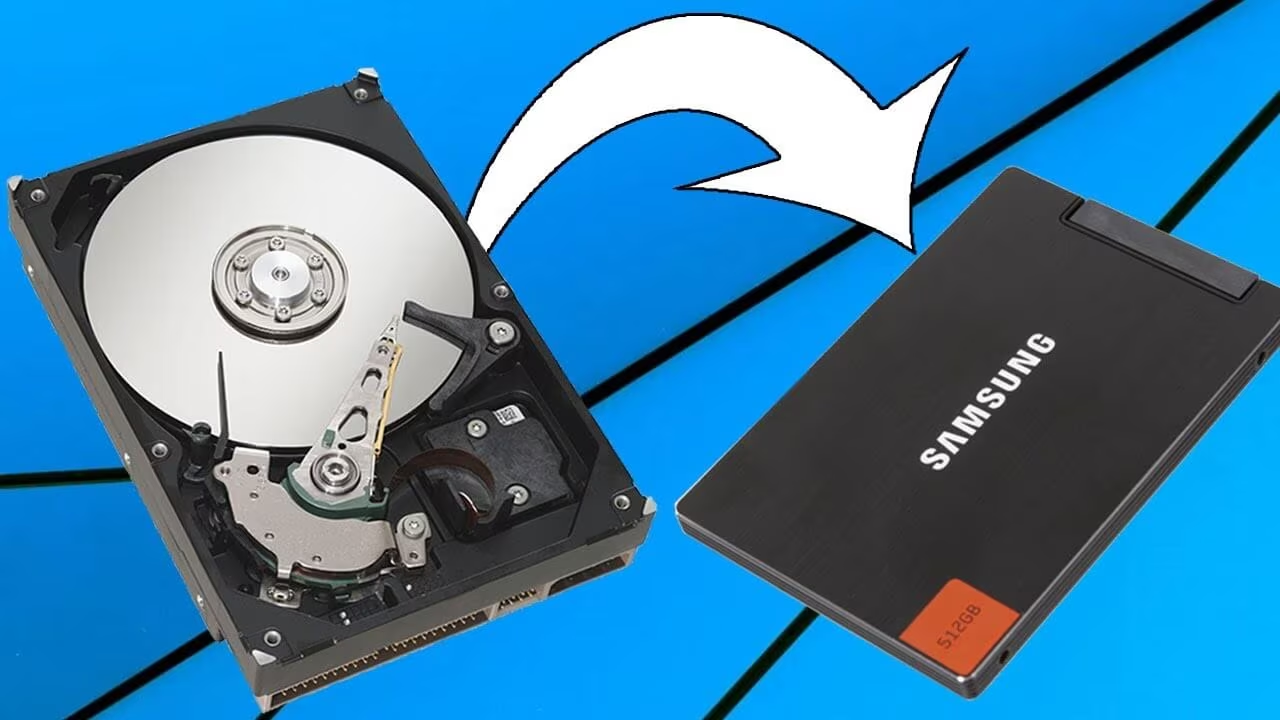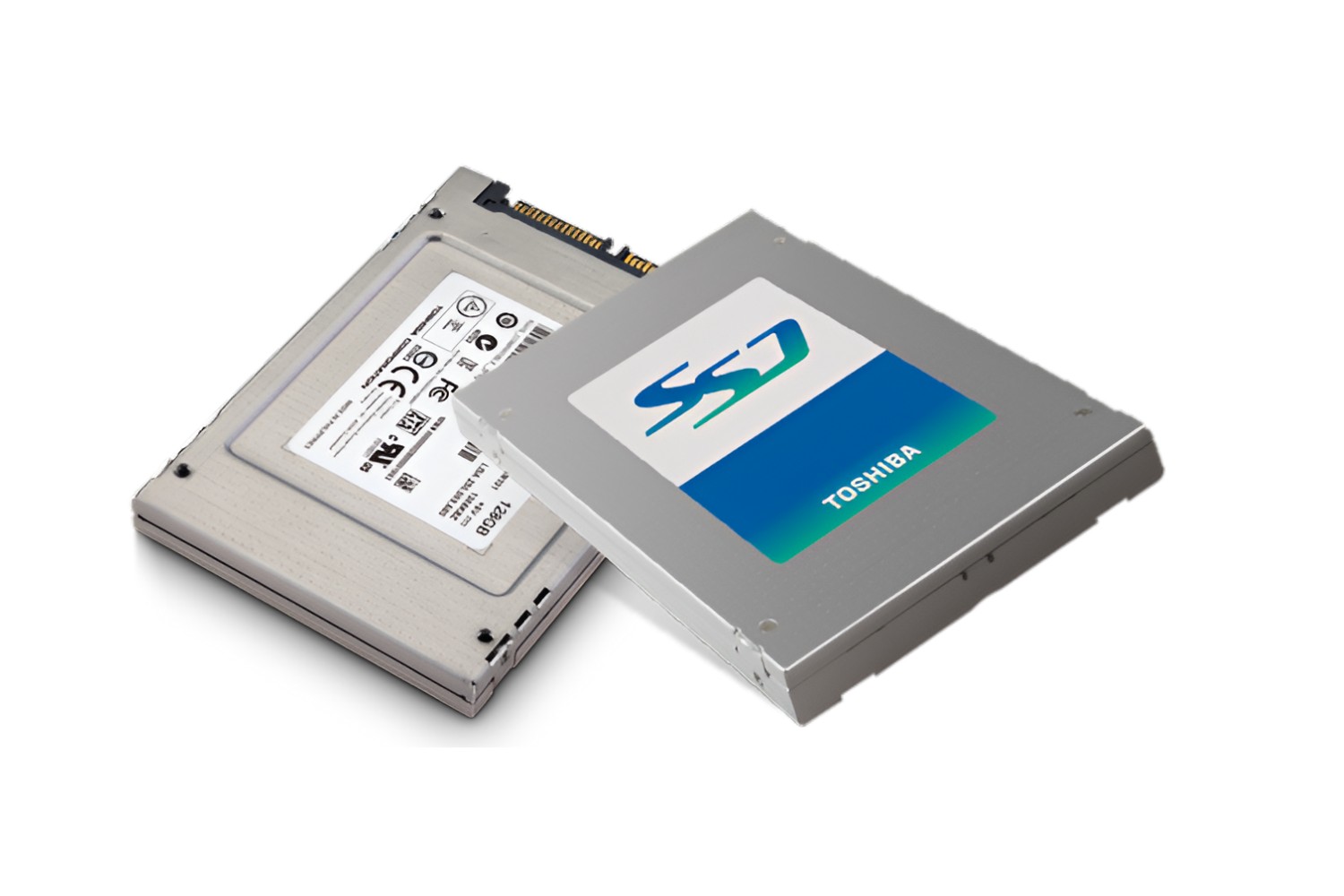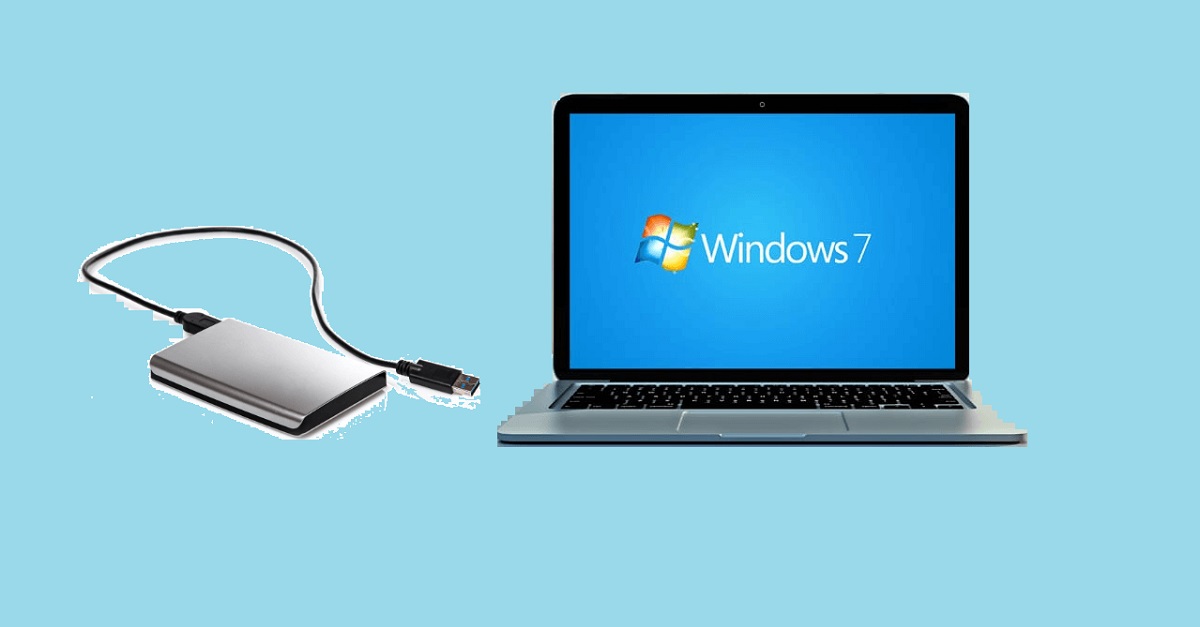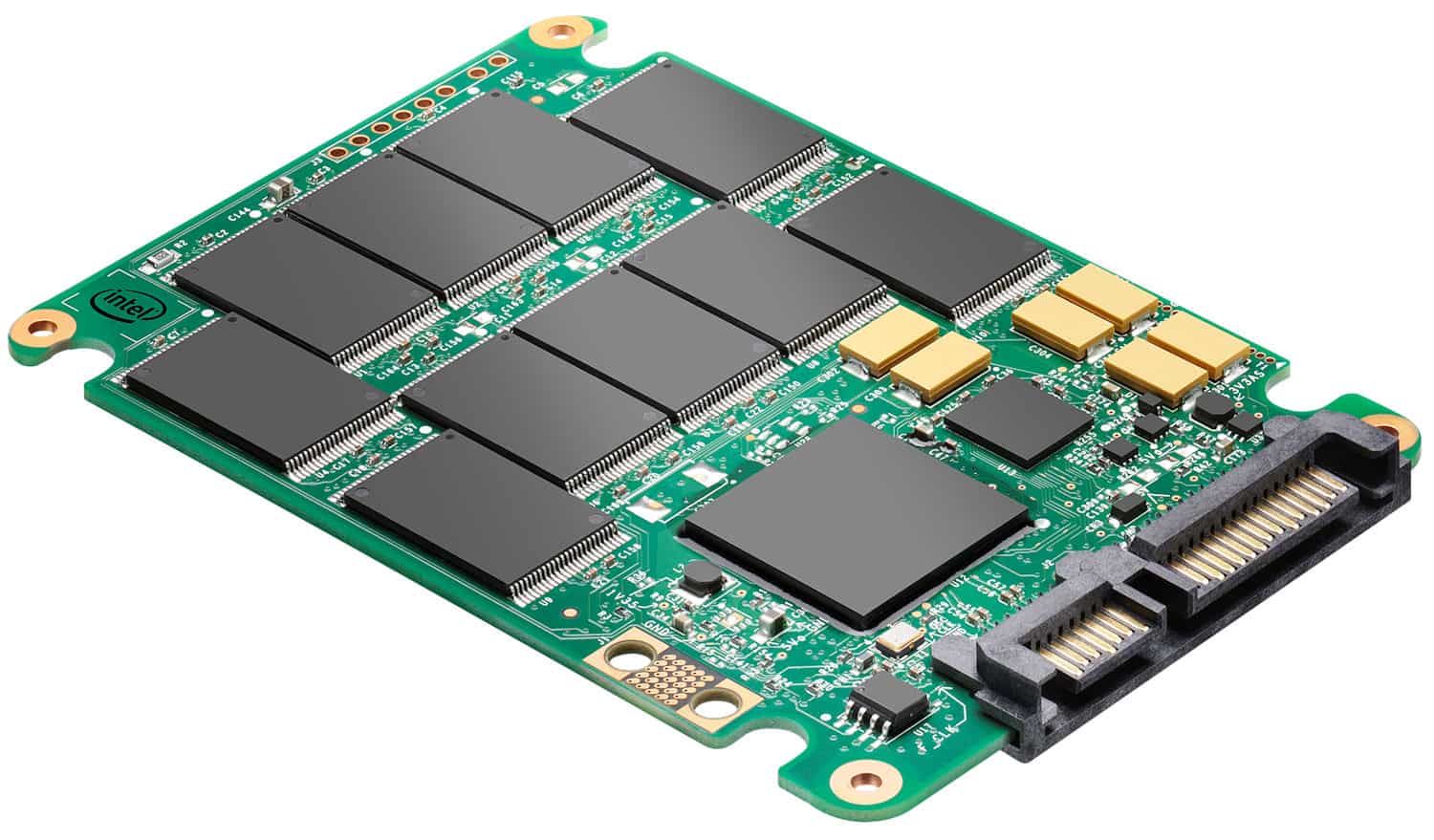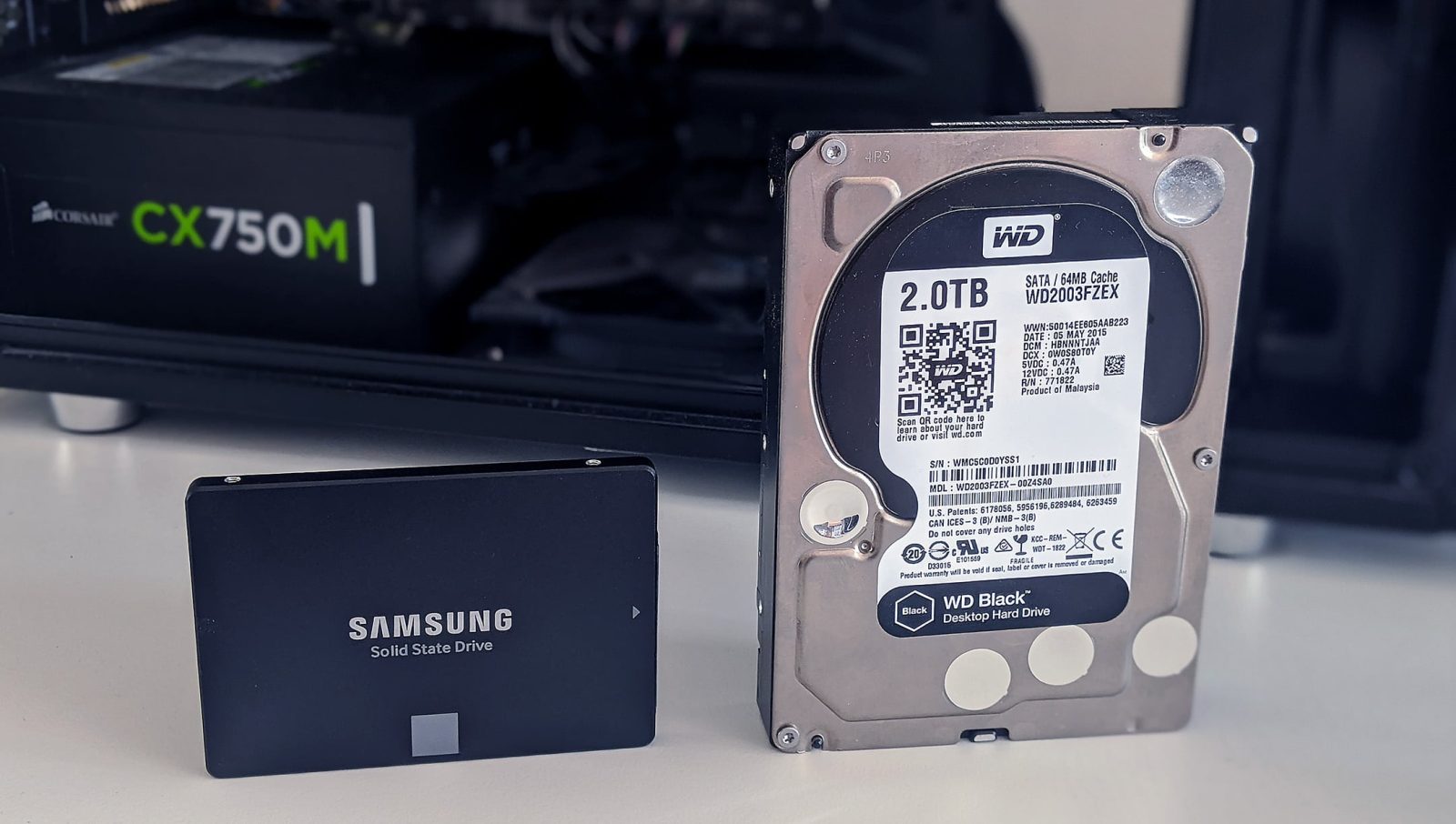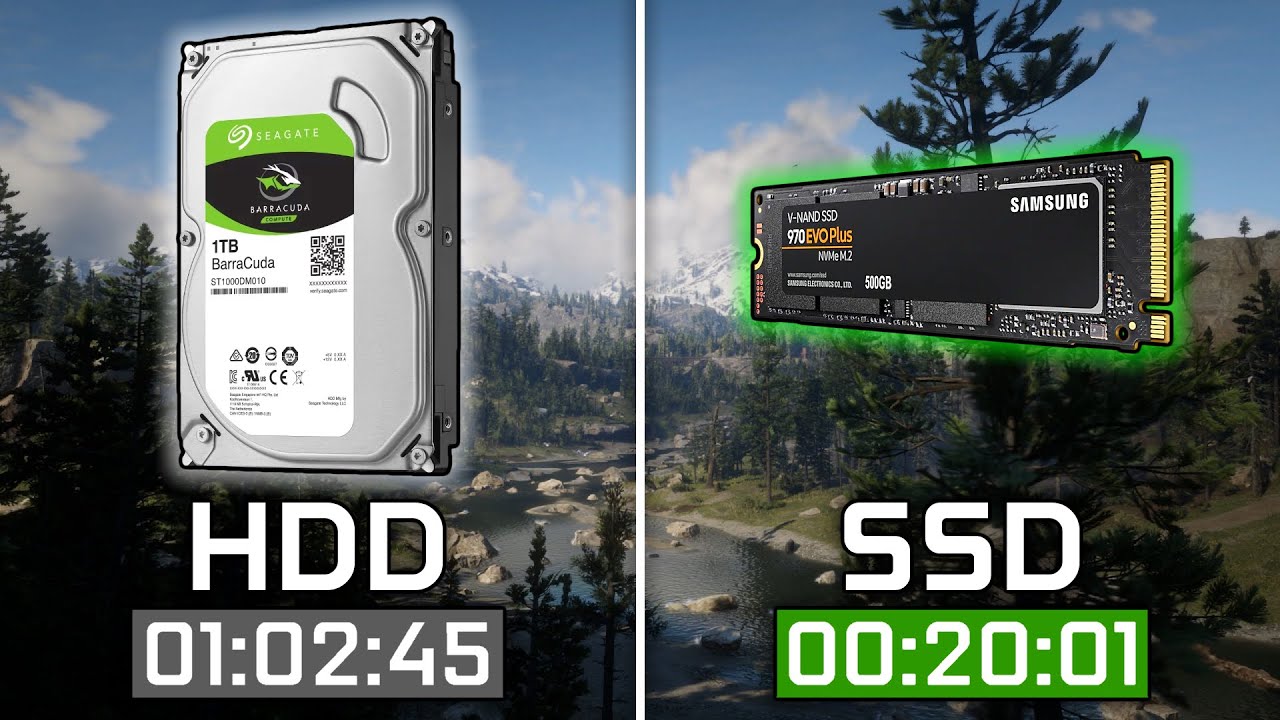Introduction
When it comes to storage solutions for computers and other electronic devices, two common options are SSD (Solid State Drive) and HDD (Hard Disk Drive). Both SSDs and HDDs serve the same purpose of storing data, but they differ in their underlying technology, performance, and lifespan. Understanding the lifespan of these storage devices is crucial for users looking to make an informed decision.
In this article, we will explore the lifespan of SSDs and HDDs, discussing the key factors that influence their longevity. By understanding the differences and lifespan expectations of these two storage options, users can make informed decisions based on their specific needs and preferences.
Before delving into the lifespan comparison, it’s essential to understand the basic definitions of SSDs and HDDs. SSDs are a type of storage device that uses flash memory to store data, while HDDs use spinning platters and mechanical read/write heads to access data.
The lifespan of a storage device refers to the estimated time during which the device is expected to function optimally before experiencing a significant decrease in performance or failure. It is important to note that the lifespan of a storage device is influenced by multiple factors and can vary substantially depending on usage patterns, environmental conditions, and manufacturing quality.
Now that we have a basic understanding of SSDs, HDDs, and the concept of lifespan, let’s explore and compare the expected lifespans of these two storage devices in the following sections.
Definition of SSD and HDD
A Solid State Drive (SSD) is a type of storage device that uses flash memory to store and retrieve data. Unlike traditional hard drives, SSDs have no moving parts. Instead, they rely on a series of interconnected memory chips to store and access data quickly and efficiently. This solid-state technology allows for faster data transfer rates, improved reliability, and lower power consumption compared to HDDs.
On the other hand, a Hard Disk Drive (HDD) is a storage device that uses spinning platters coated with a magnetic material and a mechanical arm to read and write data. HDDs have been the primary storage option for many years due to their large capacities and relatively lower cost compared to SSDs. However, they are generally slower in terms of data access and transfer rates.
SSDs and HDDs differ in several key aspects. The primary difference lies in the technology used to store and retrieve data. SSDs use flash memory, which is a type of non-volatile memory that retains data even when power is removed. In contrast, HDDs use magnetic platters and mechanical moving parts to read and write data.
Another difference between SSDs and HDDs is the form factor. SSDs are typically smaller and lighter, making them ideal for use in portable devices such as laptops and tablets. HDDs, on the other hand, are larger and more bulky, making them better suited for desktop computers and external storage solutions.
Moreover, SSDs have significantly faster data access times compared to HDDs. Since SSDs have no moving parts, they can retrieve data almost instantly, resulting in shorter boot times and faster application loading times. HDDs, on the other hand, rely on the mechanical arm’s movement to access the desired data, which leads to slower data retrieval speeds.
Lifespan of an SSD
The lifespan of an SSD is an important consideration for users looking to invest in this storage technology. SSDs, being based on flash memory, have a finite lifespan due to the limited number of write cycles that each memory cell can endure before becoming unreliable. This lifespan is measured in terms of Total Bytes Written (TBW) or Terabytes Written (TBW), which represents the total amount of data that can be written to the drive over its lifetime.
The exact lifespan of an SSD can vary depending on several factors, including the quality of the SSD’s memory cells, the workload it is subjected to, and the overall usage patterns. However, modern SSDs have improved significantly in terms of longevity over the years, thanks to advancements in both flash memory technology and wear-leveling algorithms.
In general, consumer-grade SSDs are designed to handle everyday workloads and can last several years under normal usage conditions. They typically have TBW ratings ranging from 150 TBW to 600 TBW, meaning that they can write between 150 and 600 terabytes of data before reaching their specified endurance limit. This translates to several years of typical use for the average user.
It’s worth noting that high-end enterprise-grade SSDs often have much higher TBW ratings, sometimes reaching into the petabytes range. These SSDs are specifically designed to handle heavy workloads and demanding environments, making them suitable for data centers and server applications where durability and performance are critical.
To maximize the lifespan of an SSD, it is recommended to avoid excessive write operations and to enable features such as TRIM, which helps maintain the drive’s performance over time. Additionally, SSDs benefit from wear-leveling algorithms, which distribute the write operations evenly across the drive to prevent certain cells from wearing out faster than others.
Overall, with proper usage and care, an SSD can provide many years of reliable performance. However, it’s important to keep in mind that SSDs have a finite lifespan, and it’s advisable to always have regular backups to ensure data integrity and account for any potential failures.
Lifespan of an HDD
The lifespan of a Hard Disk Drive (HDD) is an essential factor to consider when evaluating storage options. Unlike SSDs, HDDs rely on mechanical components that are susceptible to wear and tear over time. The lifespan of an HDD is primarily determined by the integrity of these mechanical parts, including the spinning platters, read/write heads, and motor.
While it’s challenging to provide an exact estimate of the lifespan of an HDD, the industry typically considers them to have an average lifespan of around three to five years. However, this is not a definitive timeframe, as HDDs can vary in durability based on different factors such as usage patterns and environmental conditions.
One key factor influencing the lifespan of an HDD is the number of hours it is in operation. The more an HDD is used, the higher the likelihood of mechanical failures occurring. Additionally, factors like temperature and humidity can also impact the longevity of an HDD. Excessive heat and moisture can damage the delicate components inside the HDD and accelerate the wear and tear process.
Another significant factor affecting HDD lifespan is the workload it is subjected to. Constant heavy usage, such as running resource-intensive applications or regularly accessing and writing large files, can place additional stress on the mechanical parts of the HDD and potentially shorten its lifespan.
However, it is worth noting that with proper care and maintenance, HDDs can last longer than their average lifespan. Regularly backing up essential data and monitoring the health of the drive using diagnostic tools can help identify any potential issues and allow for timely replacements or repairs.
It is also important to consider that as an HDD ages, the risk of data loss increases. Mechanical failures, such as the motor or read/write heads malfunctioning, can result in data becoming inaccessible or permanently lost. This emphasizes the importance of having reliable backup solutions in place to protect valuable data stored on an HDD.
Overall, while HDDs can provide satisfactory performance and storage capacity, it is crucial to be aware of their limited lifespan and potential risks associated with mechanical failures. Regular maintenance, monitoring, and data backup practices can help mitigate these risks and ensure the longevity of the data stored on an HDD.
Factors Affecting Lifespan of SSD and HDD
The lifespan of both Solid State Drives (SSDs) and Hard Disk Drives (HDDs) is influenced by several factors that can impact their durability and reliability. Understanding these factors is crucial for users to make informed decisions and take necessary precautions to ensure the longevity of their storage devices.
1. Usage Patterns: The workload and usage patterns play a significant role in determining the lifespan of both SSDs and HDDs. Continuous heavy usage, such as running resource-intensive applications or frequently performing read/write operations, can accelerate wear and tear on the storage device. Therefore, it is important to consider the intended usage and select a storage device that can withstand the anticipated workload.
2. Environmental Factors: Environmental conditions, such as temperature and humidity, can have an impact on the lifespan of SSDs and HDDs. High temperatures can increase the likelihood of component failure, while excessive humidity can lead to corrosion and damage the internal components. It is advisable to store and operate the storage devices in a controlled environment with a moderate temperature and low humidity levels.
3. Quality of Components: The quality of the components used in the manufacturing of SSDs and HDDs can significantly affect their lifespan. Higher-quality components tend to have better endurance and durability, resulting in longer lifespan. It is essential to choose storage devices from reputable manufacturers known for producing reliable and durable products, as they often implement advanced technologies and rigorous testing processes.
4. Write Endurance: Write endurance refers to the number of write cycles a storage device can handle before experiencing a decrease in performance or failure. In the case of SSDs, write endurance is measured in Total Bytes Written (TBW), while for HDDs, it is generally related to the longevity of the mechanical components. Higher-quality SSDs often have higher TBW ratings, signifying greater endurance and potentially longer lifespan.
5. Manufacturing Quality: The manufacturing quality of SSDs and HDDs can vary between different brands and models. Higher-quality manufacturing processes and thorough quality control measures can result in more reliable and durable storage devices. Users should consider feedback and reviews from reputable sources to assess the manufacturing quality of the storage devices they are considering.
6. Power Surges and Outages: Power surges and sudden power outages can pose risks to the lifespan of both SSDs and HDDs. These events can cause data corruption or even physical damage to the storage devices. Using surge protectors and backup power supplies, such as Uninterruptible Power Supply (UPS), can help protect the devices from such incidents and safeguard data integrity.
By considering these factors and taking appropriate precautions, users can optimize the lifespan of SSDs and HDDs, ensuring reliable and long-term storage capabilities.
Comparison of Lifespan between SSD and HDD
When comparing the lifespan of Solid State Drives (SSDs) and Hard Disk Drives (HDDs), there are several key factors to consider. While both types of storage devices have a finite lifespan, they differ in terms of their expected longevity and the factors that can influence their lifespan.
Generally, SSDs have a higher endurance and longer lifespan compared to HDDs. This is primarily due to the fact that SSDs have no moving mechanical parts, which are prone to wear and tear. The lack of moving parts in SSDs makes them more resistant to physical damage and less susceptible to mechanical failures.
SSDs often have a higher write endurance rating, measured in Total Bytes Written (TBW), indicating the total amount of data that can be written to the drive before reaching its specified endurance limit. The TBW ratings for consumer-grade SSDs typically range from 150 TBW to 600 TBW, whereas enterprise-grade SSDs may have even higher TBW ratings, reaching into the petabytes range.
On the other hand, HDDs, being mechanical devices, have a lower endurance and shorter lifespan compared to SSDs. HDDs are susceptible to mechanical failures such as motor malfunction, read/write head failures, or damage to the spinning platters. The average lifespan of an HDD is generally estimated to be around three to five years, although proper care and maintenance can potentially extend this period.
Additionally, the workload and usage patterns can have a significant impact on the lifespan of both SSDs and HDDs. Continuous heavy usage and extensive write operations can decrease the lifespan of SSDs and HDDs alike. However, due to their greater endurance and resilience to mechanical wear, SSDs tend to handle continuous heavy workloads more effectively and maintain their performance over a longer period.
Environmental factors, such as temperature and humidity, can affect the lifespan of both SSDs and HDDs. SSDs are generally more tolerant of extreme temperatures and humidity, making them suitable for a wider range of environments. However, it is still important to operate SSDs within recommended temperature ranges to ensure optimal performance and longevity.
When considering the lifespan of SSDs and HDDs, it’s important to note that these estimates are based on average usage patterns and can vary depending on individual circumstances. Factors such as usage intensity, environmental conditions, manufacturing quality, and proper maintenance practices can all influence the lifespan of both types of storage devices.
Ultimately, while SSDs generally offer a longer lifespan and higher endurance compared to HDDs, it is important to carefully assess the specific needs, budget, and intended usage to determine which storage solution is the most suitable for individual requirements.
Conclusion
When it comes to the lifespan of storage devices, both Solid State Drives (SSDs) and Hard Disk Drives (HDDs) have their own unique characteristics and considerations. SSDs, with their solid-state technology and lack of moving parts, generally have a longer lifespan compared to HDDs. The absence of mechanical components in SSDs makes them more resilient to physical damage and less susceptible to mechanical failures. Additionally, SSDs often have higher write endurance ratings, indicating their ability to handle a greater amount of data writing over their lifetime.
On the other hand, HDDs rely on mechanical components that are more prone to wear and tear, making them generally less durable and having a shorter lifespan compared to SSDs. However, it’s important to note that with proper care and maintenance, HDDs can still provide satisfactory performance and reliability within their expected lifespan.
Several factors can influence the lifespan of both SSDs and HDDs. Usage patterns, environmental conditions, manufacturing quality, and workloads all play a role in determining how long the storage device will last. It’s crucial for users to consider these factors and assess their specific needs when choosing between SSDs and HDDs.
In conclusion, while SSDs generally offer a longer lifespan and higher endurance, HDDs still have their advantages, such as higher storage capacities and lower costs. Understanding the lifespan of these storage devices is crucial for users to make informed decisions and select the most suitable option based on their needs, usage patterns, and budget.
Regardless of whether one chooses an SSD or HDD, it is important to follow best practices for storage device maintenance and utilize backup solutions to safeguard valuable data. By taking these precautions and considering the factors that impact lifespan, users can optimize their storage solutions and enjoy reliability and longevity with their chosen storage device.







